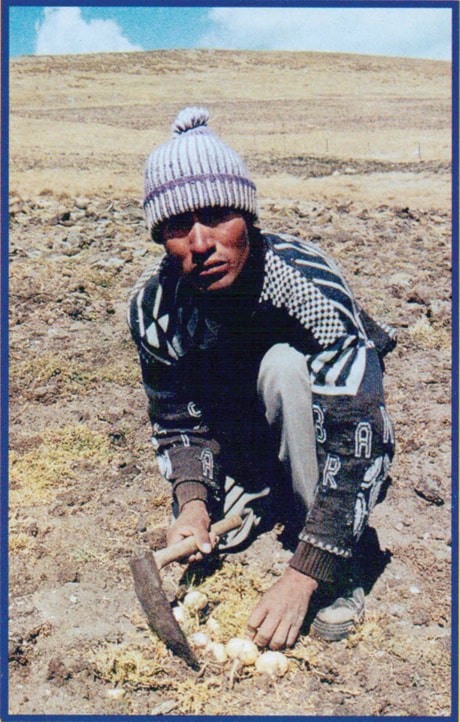It’s odd that a beneficial plant supposedly known for thousands of years as beneficial to male sexual health should be so unknown to modern medicine.
To get some background on the plant, you will need to source websites dedicated as much to grand medical conspiracies, such as Cliffscott.com, as you will to more recognized health sites.
But maca has been subject to some scientific analysis, and you will even find articles about it on the Fox News website.
Maca only grows in a small region of the high Andes of central Peru, on bleak and barren plateaus at 4,500 metres.
It is the highest cultivated crop in the world. It’s also the only true cruciferous crop of the Americas.
With a carbohydrate/protein mix similar to cereal grains, maca has been used as a food source by the indigenous peoples for the past 5,800 years.
Spanish conquistadors noted it being planted alongside of potatoes by the Inca in the 16th century.
According to Cliff Scott, the Spanish had been importing maca for years before they began importing the potato.
While one crop became a global staple and important food source, maca disappeared into history.
Perhaps it could be that maca grows only at high altitude.
Traditionally in Peru the root is eaten like a potato, boiled and used in pudding, jams and drinks. In the west, maca is available in capsules and powders.
The information website About.com says maca is a plant with a radish-like root that is used as a food and for medicinal purposes.
According to folklore, ancient Incan warriors took maca before going off to battle to make them physically strong.
However, the legends also say they were later prohibited from taking it, in order to protect conquered women from their heightened libidos.
Although maca is unrelated to the ginseng family, it has been dubbed “Peruvian ginseng” because it is used as a folk remedy to increase stamina, energy and sexual function.
That claim has even been tested in the lab, so to speak.
One study published in the Asian Journal of Andrology (a publication that reports on health issues specific to males) looked at the effect of a four-month trial treatment with maca tablets, on semen quality in nine adult men.
According to the report, treatment with maca resulted in increased seminal volume, sperm count and sperm motility.
Another 12-week randomized controlled trial looked at 1,500 mg maca, 3,000 mg maca, or placebo.
After eight weeks, there was a reported improvement in sexual desire in the men taking maca.
Maca does not appear to affect hormone levels. Serum testosterone and estradiol levels were not different in men treated with maca compared to those who took the placebo.
Other studies in humans and in male rats have found no effect on other hormones related to male reproduction.
So the treatment misses the “holy grail” of herbal supplement searches: the ability to grow hair.
But no side effects or hazards of maca have been reported and are therefore still unknown.
As well, no potential interactions with other drugs or medications have been reported.
